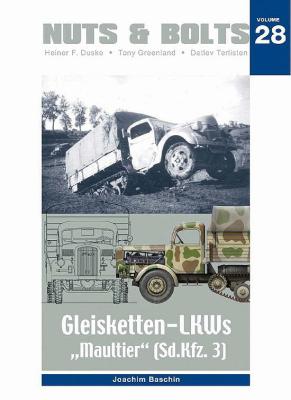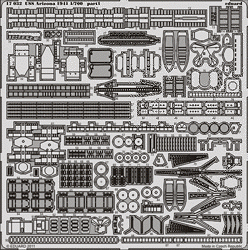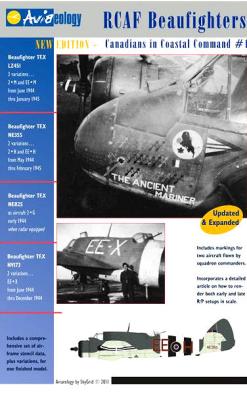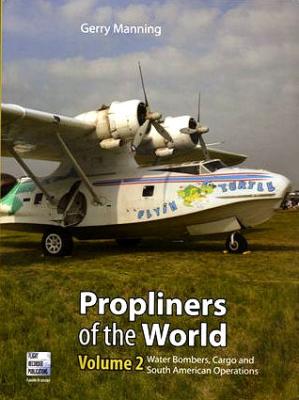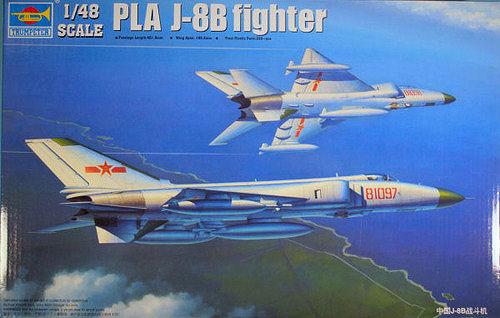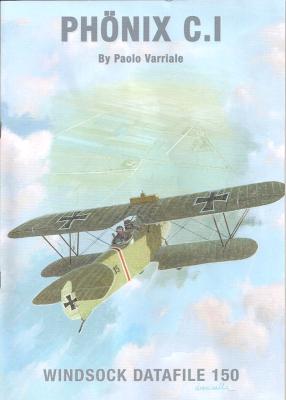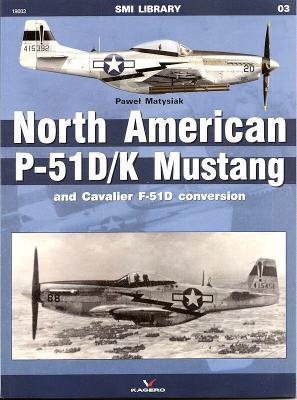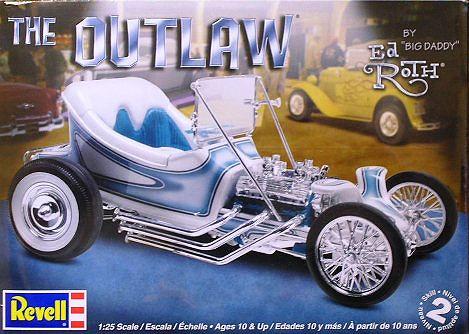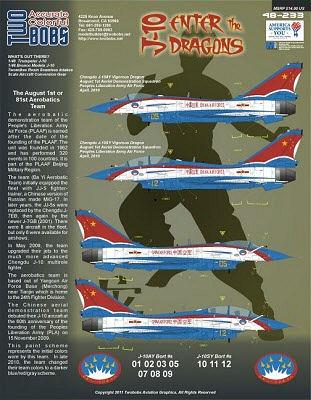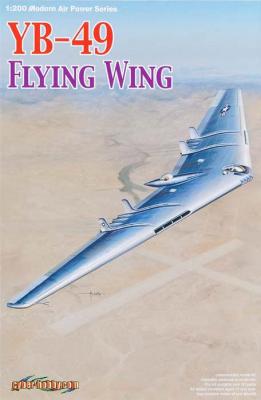Armies cannot conduct military operations without supplies; the German Army had no problems with their supply trucks in the European areas, but found their trucks useless during the Russian spring and autumn “mud” period on the Eastern Front. A quick solution was to equip the rear wheel drive trucks with a tracked running gear. The 3 ton truck was the most widely used in the German Army, so these would be the basis for the fabrication. Four different tracked trucks were built: Opel, Ford, Klockner-Humboldt, and a heavy 4.5 ton truck by Mercedes-Benz. The official designation was Gleisketten-Lastkraftwagen or more often seen as Gleisketten-LKW offen (tracked lorry open) Sd.Kfz 3. The troops referred to all of them as “Maultier,” or mule in German, as it excelled in moving through mud – slow but steady.
What's New
Over the past year or so, we have seen a new supply of USS Arizona kits in all scales, from Trumpeter, Dragon, and Hobby Boss. A popular scale seems to be 1/700 scale, where we have also seen a kit of the USS Pennsylvania. While both ships had generally the same look up till Pearl Harbor, the Penn later underwent extensive changes. My great uncle had the privilege of serving his country with the United States Navy, and was assigned to the USS Pennsylvania. On December 7th, he was at Pearl Harbor while the Penn was in drydock. He survived Pearl and continued on the Penn through the entire war, and was still with her up until she was scuttled after being used as a target ship for nuclear tests. (My uncle was actually part of the skeleton/scuttling crew and was the fourth to last person to set foot on the mighty ship.) With my family’s ties to the Pennsylvania class, I naturally purchased all of the recent model releases.
Decals
The decals are silk screen printed, waterslide, and look stunning. Depth of colors, registration, and definition appear perfect. The carrier film is minimal and follows the outline of the national markings, letters, and aircraft serial numbers. There should be no need to use the kit decals with this set, as all the markings and stencils and included. There are only enough stencils to finish one model, though.
Instructions
Eight A4 double-sided pages make up the instructions. The instructions have the true depth of reference material that can be preserved in the modeler’s library once the kit is finished and decals applied.
Information contained within the instructions/reference pages include:
This book is a photographic look at classic prop-driven water bombers, cargo carriers, and prop aircraft activities in South America. Some of the aircraft covered in volume two are the Catalina, Mars, CL-215, Conair Firecat (Grumman S-2), A-26, P2V, C-46 and more.
Chapter one is a photo essay on the various ex-warplanes and civil airliners that now make their living as fire bombers. Almost half of the book is devoted to these aircraft. I particularly enjoyed the photo coverage of the Martin Mars and other former warplanes converted to battle man’s oldest enemy, fire!
Chapter two covers Russian and Chinese built aircraft, with large photo coverage of the AN-2. In addition to the Colt, we are presented with photos of IL-18, An-8 and 24s, and Xian Y-7s.
Chapter three covers operations in South America. Here are some classic C-46s and DC-3s. Also photographically covered are more modern Soviet designs used in South America.
History
The development of a Chinese all-weather interceptor began in 1964 and resulted in the first Chinese-designed and built jet fighter. The prototype took its maiden flight in 1969, but the J-8 was not produced until 1979 and entered service in 1980. Its basic configuration resembles an enlargement of the delta-wing of the J-7, with two turbojet engines and a maximum speed of Mach 2.2.
History
The Austro-Hungarian Phönix C.1 two-seat biplane was one of the lesser-known aircraft of World War I, primarily because it was so late in getting into unit service. Designed and produced by the Phönix organization, the prototype first flew in June, 1917, but production models didn’t enter service until March, 1918. The C.1 was a compact two-seater powered by a six cylinder Kiero 230 hp. water cooled engine, and was armed with two machine guns, one firing forward and one in a flexible mount in the rear cockpit. The airplane was fast, although a few of them were shot down by their main adversaries, the Italians. Fewer than 100 were delivered up to the Armistice in 1918. Postwar, the aircraft was ordered by the Swedes and, although 41 were ordered, only 26 were actually built and delivered. The plane served mainly as an advanced trainer throughout the twenties, some lasting until 1935. Later Swedish C.1s were powered by Hispano engines.
When this book was announced and I looked at the contents, I knew I had to have it. You see, I have am working on a collection of aircraft from the 352nd Fighter Group, the Blue-Nosed, uh, Boys from Bodney. And this book has decals for one of the ones I’ve been unable to find. In fact, the book has decals in 1/32nd, 1/48th, and 1/72nd for four aircraft:
Ed “Big Daddy” Roth was one of the greatest hot rodders of all time. Starting in the early1950s, his customs and show cars have become the stuff of legend. The Outlaw was his first use of fiberglass and, when it hit the car show circuit in 1960, it became an instant sensation. Thanks to Roth’s deal with Revell, the Outlaw lives on along with many of his other creations. Revell has seen fit to release it once again; let’s take a look at it.
Set 48-233. Colorful markings from the first air show of the 2009 season of the J-10 Chinese Demo Team. There are markings for both the single- and two-seat variants of the J-10. There are enough options on this sheet to build 1 each of any of the jets from the 2009 air show season.
Two sheets of decals are included in this set. Markings include national insignia, Demo Team logo, aircraft numbers, stunning tail markings, and various red and white scallops.
Decals are sized for both the Bronco and Trumpeter 1/48th scale kits.
Set 48-234. More colorful markings from the first air show of the 2010/2011 season of the J-10 Chinese Demo Team. There are markings for both the single- and two-seat variants of the J-10. There are enough options on this sheet to build 1 each of any of the jets from the 2010/2011 air show season.
Designed by Jack Northrop and built by his company, the YB-49 symbolized the culmination of his work with flying wing designs that began with the N-1M when he started his company in 1939. There were a total of three of these aircraft that actually took to the air, two YB-49s and a single YRB-49A. All were converted from XB-35 airframes, trading in the four Pratt and Whitney R-4360 engines and counter-rotating propellers for eight Allison J-35-A-15 jet engines on the YB-49, or in the case of the YRB-49A, six Allison J-35-A-19 jet engines. The aircraft was 172 feet across, 53 feet 1 inch in length, and stood 15 feet 3 inches tall.

